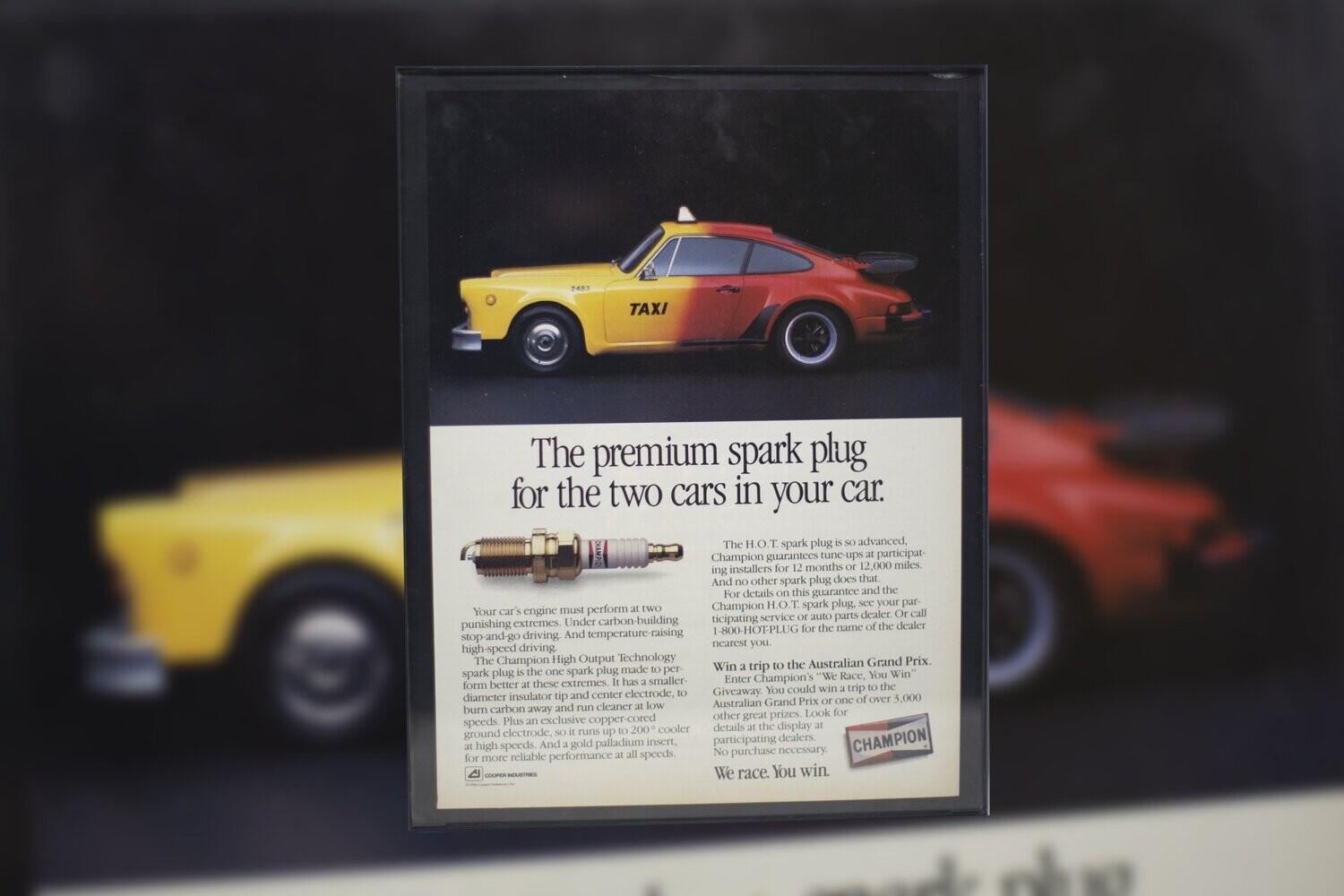Experiencing a car running hot at low speeds? This can be frustrating and concerning.
It’s essential to understand why this happens and how to fix it. When your car overheats at low speeds, it might indicate an underlying issue. This problem can stem from various factors, such as a malfunctioning cooling system or a blocked radiator.
Ignoring it may lead to serious engine damage. Understanding these potential causes can help you take the right steps to resolve the issue. In this blog, we’ll explore the common reasons behind this problem and offer practical solutions. Stay with us to learn how to keep your car running smoothly and avoid costly repairs.
Common Causes
Experiencing your car running hot at low speeds can be frustrating. Understanding the common causes can help you address the issue quickly. Let’s explore some of these common causes:
Low Coolant Levels
Low coolant levels can cause the engine to overheat. Coolant helps to regulate the engine temperature. If the coolant is low, the engine cannot maintain a safe temperature. Check the coolant reservoir regularly. Top off the coolant if it is below the recommended level.
Faulty Thermostat
A faulty thermostat can also cause your car to run hot. The thermostat controls the flow of coolant to the engine. If it is stuck closed, coolant cannot circulate properly. This leads to an increase in engine temperature. Replacing a faulty thermostat can resolve this issue.

Credit: www.independent.co.uk
Cooling System Issues
Cars running hot at low speeds can be frustrating. One main cause is cooling system issues. The cooling system is crucial. It keeps the engine temperature in check. When problems arise, they must be addressed quickly. Let’s look at some common cooling system issues.
Radiator Problems
The radiator is a key part of the cooling system. It cools the coolant that circulates through the engine. If the radiator fails, the engine can overheat, especially at low speeds. Signs of radiator problems include:
- Coolant leaks
- Corroded radiator fins
- Clogged radiator
Regular checks can prevent radiator issues. Check for leaks and ensure the radiator is clean. If you find any problems, fix them immediately.
Water Pump Failure
The water pump moves coolant through the engine. If the water pump fails, the coolant won’t circulate. This causes the engine to overheat, especially at low speeds. Signs of water pump failure include:
- Coolant leaks around the water pump
- Whining noise from the engine
- Overheating engine
Regular maintenance can prevent water pump failure. Check for leaks and listen for unusual noises. Replace the water pump if necessary.
| Issue | Signs |
|---|---|
| Radiator Problems |
|
| Water Pump Failure |
|
Fan Malfunctions
Fan malfunctions are a common issue that causes a car to run hot at low speeds. The cooling fan plays a crucial role in regulating engine temperature. When the fan fails, it can lead to overheating, especially in slow traffic or during idle periods. There are two main types of fan malfunctions: electrical fan issues and mechanical fan clutch problems.
Electrical Fan Issues
Electrical fans rely on a motor and sensor to function. A faulty motor can prevent the fan from spinning. This leads to insufficient airflow over the radiator. Sensor problems can also cause the fan to fail. If the sensor does not detect the correct temperature, it will not activate the fan. Wiring issues can also disrupt the fan’s operation. Broken or frayed wires can stop the electrical current. This prevents the fan from turning on when needed.
Mechanical Fan Clutch Problems
Mechanical fans use a clutch to engage and disengage the fan blades. A worn-out clutch can cause the fan to spin slowly. This reduces the airflow and causes the engine to overheat. The clutch may also fail to engage at all. When this happens, the fan does not spin and cooling is compromised. Inspecting the fan clutch for wear and tear is essential. Replace it if it shows signs of damage.
Blocked Airflow
If your car runs hot at low speeds, blocked airflow might be the reason. This issue can cause the engine to overheat, especially in stop-and-go traffic. Identifying and addressing the sources of blocked airflow can help maintain your engine’s temperature. Here are two common reasons for blocked airflow:
Debris In Radiator
The radiator is crucial for cooling your engine. Debris in the radiator can restrict airflow. Common debris includes leaves, dirt, and bugs. These can build up over time and block the airflow through the radiator fins.
Symptoms of debris in the radiator:
- Engine overheating at low speeds
- Reduced cooling efficiency
- Visible debris on the radiator
Cleaning the radiator:
- Turn off the engine and let it cool.
- Remove the debris using a soft brush or compressed air.
- Check for deeper clogs and clean with a water hose.
Damaged Fan Shroud
The fan shroud helps direct airflow through the radiator. A damaged or missing fan shroud can lead to poor airflow and overheating. The fan shroud ensures that the fan pulls air through the entire surface of the radiator.
Signs of a damaged fan shroud:
- Visible cracks or breaks in the shroud
- Loose or missing pieces
- Inconsistent engine cooling
Fixing the fan shroud:
- Inspect the fan shroud for any damage.
- If damaged, replace the fan shroud with a new one.
- Ensure the new shroud fits securely around the fan.
Quick Fixes
Experiencing a car that runs hot at low speeds can be frustrating. Quick fixes can help keep your engine cool and running smoothly. This section will explore some simple steps you can take. Let’s dive into checking coolant levels and testing the thermostat.
Checking Coolant Levels
Low coolant levels can cause your car to overheat. Checking and refilling coolant is straightforward. Follow these steps:
- Park the car on a level surface.
- Wait for the engine to cool.
- Open the hood and locate the coolant reservoir.
- Remove the cap and check the coolant level.
- If low, add coolant up to the “Full” line.
Important: Always use the type of coolant recommended in the owner’s manual. This prevents damage to the cooling system.
Testing The Thermostat
A faulty thermostat can cause overheating at low speeds. Testing it is a quick process:
- Ensure the engine is off and cool.
- Locate the thermostat housing by following the upper radiator hose.
- Remove the housing to access the thermostat.
- Place the thermostat in a pot of water and heat it.
- Use a thermometer to check if it opens around 195°F (90°C).
If the thermostat does not open, replace it. This simple fix can resolve overheating issues.
Preventive Maintenance
Preventive maintenance can help keep your car from running hot at low speeds. Regular checks and services can prevent overheating. Here are a few essential steps.
Regular Coolant Flushes
A coolant flush can remove dirt and rust from the cooling system. Old coolant can become acidic and damage the radiator. Fresh coolant helps the engine stay cool. Schedule a coolant flush every two years or as advised.
Inspecting Hoses And Belts
Hoses and belts play a crucial role in the cooling system. Cracked or worn hoses can lead to leaks. Loose or damaged belts can stop the water pump from working. Inspect them regularly to ensure they are in good condition. Replace any that show signs of wear.
When To Seek Professional Help
Experiencing your car running hot at low speeds can be concerning. It’s vital to know when it’s time to call in the experts. Ignoring the signs could lead to serious damage and costly repairs. Here are key situations where professional assistance is necessary.
Persistent Overheating
If your car continues to overheat despite your best efforts, seek help. Persistent overheating can signal deeper issues. It might be a failing water pump, a blocked radiator, or a malfunctioning thermostat. Only a skilled mechanic can diagnose and fix these complex problems.
You might observe the temperature gauge in the red zone frequently. This is a clear sign to visit a professional. Driving with an overheating engine can cause significant damage. It can warp the cylinder head or even crack the engine block.
Strange Noises
Unusual sounds from the engine area should not be ignored. These could be hissing, knocking, or grinding noises. Such sounds often indicate problems with the cooling system. It might be a broken fan, a loose belt, or air trapped in the cooling system.
| Noise Type | Possible Cause |
|---|---|
| Hissing | Coolant leak |
| Knocking | Engine overheating |
| Grinding | Water pump failure |
Professional mechanics have the tools and experience to identify the issue. They can repair or replace faulty parts, ensuring your car runs smoothly. Ignoring strange noises can worsen the problem and increase repair costs.
Persistent overheating and strange noises are clear indicators to seek professional help. Addressing these issues promptly will save you time and money in the long run.
Credit: www.ebay.com
Tips For Safe Driving
Experiencing a hot car at low speeds? Ensure your cooling system is working properly. Regularly check coolant levels and fan operation.
Driving a car that runs hot at low speeds can be a stressful experience. Ensuring safe driving is crucial to avoid potential damage to your vehicle and ensure your safety. Here are some practical tips to help you navigate this issue effectively.Monitoring Temperature Gauge
Always keep an eye on the temperature gauge. This gauge shows your engine’s temperature. If the needle moves towards the red zone, it indicates overheating. Pull over safely if this happens. Let the engine cool down before checking the coolant level. Never open a hot radiator cap. It can cause burns.Avoiding Heavy Traffic
Heavy traffic can cause your car to overheat. Stop-and-go driving is hard on your engine. Plan your trips during off-peak hours. Use apps to find less congested routes. This can keep your engine cooler and running smoothly.
Credit: www.typeschrift.com
Frequently Asked Questions
Why Does My Car Run Hot At Low Speeds?
Your car may overheat at low speeds due to poor airflow, a faulty radiator fan, or a failing thermostat.
What Are The Common Signs Of Overheating?
Common signs include steam from the hood, a hot smell, and the temperature gauge rising.
Can A Low Coolant Level Cause Overheating?
Yes, a low coolant level can cause your engine to overheat quickly.
How Can I Prevent My Car From Overheating?
Regularly check coolant levels, inspect the radiator, and ensure the fan is working properly.
Should I Drive If My Car Is Overheating?
No, driving an overheating car can damage the engine. Stop and let it cool down.
Conclusion
A car running hot at low speeds can be frustrating. Regular maintenance prevents such issues. Check coolant levels and ensure the radiator is clean. A well-functioning thermostat and fan are crucial too. Addressing these factors helps keep your car cool.
Always consult a mechanic for persistent problems. Proper care extends your car’s life and ensures safe driving. Keep these tips in mind for a smoother ride. Stay vigilant, and your car will thank you. Happy driving!
